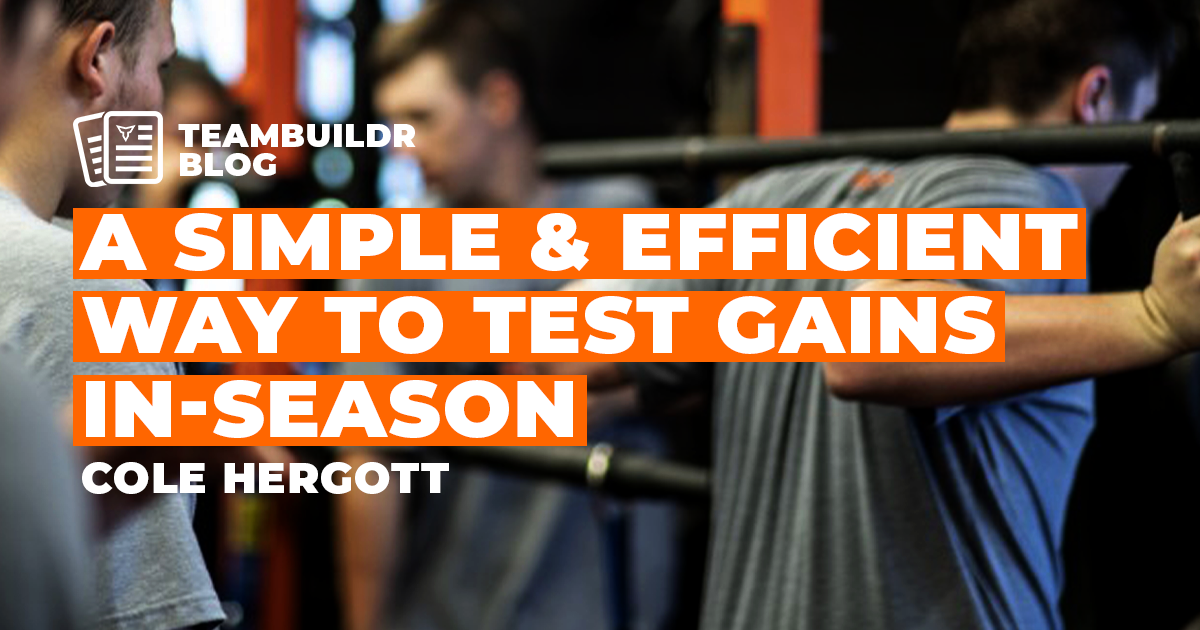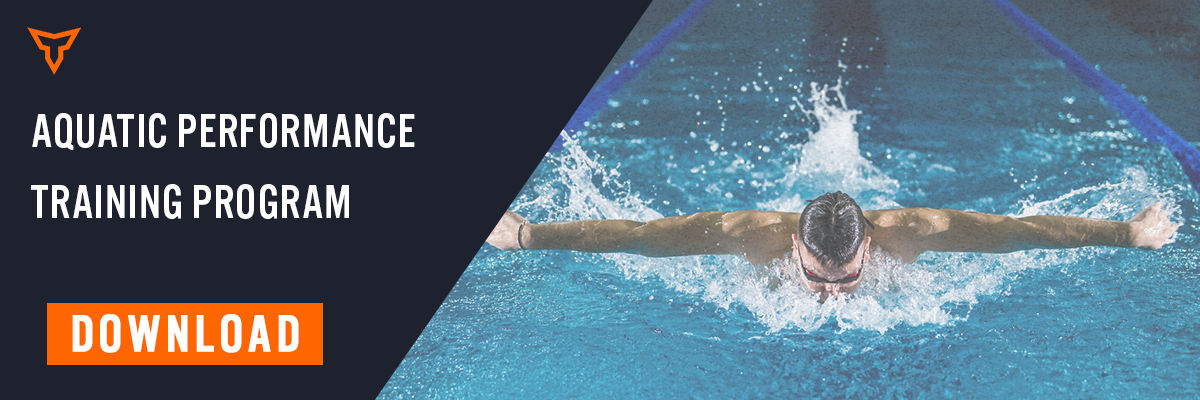Training Strength and Injury Prevention in Female Youth Soccer
Soccer is without a doubt one of the most popular sports worldwide. Female athletes have a higher injury risk compared to their male counterparts. Common injuries include ankle, knee, hip, and concussions. Soccer demands speed, power, balance, agility, and incredible foot speed. Female athletes have a different physiological makeup compared to male athletes such as menstrual periods, low bone density, and an increased q-angle. Females also have an increase in anterior tibial translation which can lead to an ACL injury. All these risk factors should be taken into consideration when it comes to designing a youth women's soccer strength and conditioning program.
Plyometrics
Plyometrics have many benefits. One of the most important benefits for female soccer athletes is building up the tensile strength of the tendons. By building up tensile strength, the muscles are able to exert force quickly. This will help to develop quickness and a great first step. By teaching proper landing mechanics this will allow for greater joint stabilization and enhanced proprioception of the joint receptors. The female athlete will learn how to absorb force in order to redistribute force in an appropriate manner. This will help to prevent non-contact ACL injuries. Monitoring the load and going from double leg to single exercises will greatly improve the athleticism of the female soccer athlete.
Mobility
When the term mobility is used, people tend to deviate towards muscle flexibility. Mobility refers to the joint moving through its normal range of motion.The muscles as well as fascia assist with movement of the joints so they will also need to be addressed. Most back issues stem from stiff hips and ankles. It’s best to use the Joint by Joint Approach by Mike Boyle to address issues dealing with mobility. You will want to open the hips in the sagittal, frontal, and transverse plane. We move in multiple planes so it makes sense to address the hip this way as well. The other joints that you will focus your mobility efforts on are the ankle and thoracic spine.
Agility
Glute activation will help the hips to stabilize. ACL tears are very common among female soccer players and having the appropriate activation in the glutes will allow for proper tracking of the knee joint. Joint angles are crucial when it comes to the female soccer athlete. Training agility in multiple planes of motion will help the female soccer athlete to develop dynamic hip stability. Working on deceleration, cutting, and even backpedaling will help to allow the female athlete to move swiftly at practice and also in the game when it counts the most. The activation of certain muscles are vital to anchor the body with stability once an adequate amount of mobility has been attained.
Strength Training
Strengthening the posterior chain will help to power the engine that is the glutes and hamstrings. This will help to provide symmetry and not overload the quadriceps. As a result, there will be less pressure on the medial structures and on the anterior cruciate ligament (ACL). This should be the focus with all female athletes and not just female youth soccer athletes. All female athletes will benefit from posterior chain focused strength training. Balance training can also be used in conjunction with the posterior chain work. The benefits of balance training are that it helps to enhance the neuromuscular coordination, which in turn allow the athlete to lift more weight due to the accurate firing sequence of the muscles involved. The body should be trained as moving unit and not in isolation due to the high demands of soccer. Exercises such as deadlifts, glute-ham raises, and barbell hip thrusts should all be included in the periodized year round soccer strength training program of the youth female soccer athlete.
Having symmetry with respect to mobility and stability will bring balance throughout the kinetic chain. Addressing the imbalances at the beginning of a session will create a productive and purposeful workout. We can never really avoid contact injuries. Non-contact injuries can be avoided by addressing the postural and movement dysfunctions initially.
Here's an example of a great agility drill to use:
Subscribe to our blog
Subscribe to receive the latest blog posts to your inbox every week.
Related posts

A Simple & Efficient Way to Test Gains In-Season

7 Simple Fixes to Get the Most Out of Bounding


